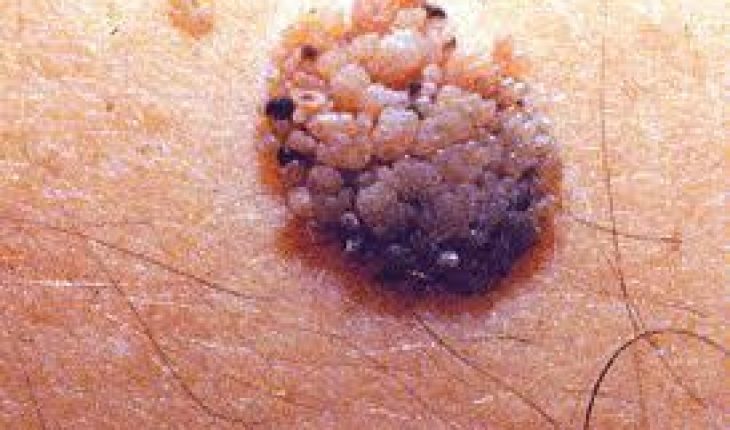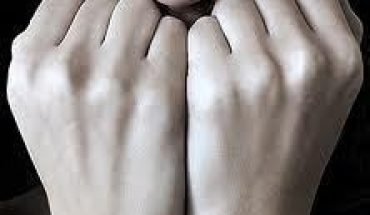Seborrheic Keratosis are brown, or pale brownish black growths that slightly look like warts. They can appear on the face, chest, the shoulders, or in the back. These growths may appear waxy, and at times even scaly. Seborrheic Keratosis may appear either one at a time, or in multiple growths. They sometimes take the appearance of cancerous skin, and at this time will require a biopsy to confirm. These growths are painless and do not necessarily require treatment. If, however, the Seborrheic Keratosis becomes irritated by either clothing, or cosmetic products, they may be surgically removed. Symptoms of Seborrheic Keratosis These wart-like growths are usually round, or oval shaped. Seborrheic Keratosis appear almost pasted on. They are either totally flat, or slightly raised with a scaly outward appearance. Seborrheic Keratosis can vary in size from tiny to at least one inch in diameter. It is important to note that these growths should not be rubbed, scratched, or picked in any way, as this will result in inflammation.
Causes Seborrheic Keratosis is a very common medical condition, but medical experts have yet to identify the cause of this condition. There have been studies, however, to suggest that these growths may be hereditary, and Seborrheic Keratosis seem to occur more frequently in middle aged, or older people. When is treatment required? Treatment may become necessary if the growths, or lesions turn black, or if they begin to itch, or bleed. These symptoms mirror that of skin cancer, and should be treated as such, and accordingly require a biopsy. The biopsy will indicate whether, or not the growths are benign, or malignant. Removal options include Cryosurgery, Ablation, Electrosurgery and Curettage. Cryosurgery- involves the use of liquid nitrogen applied to the Seborrheic Keratosis growths by way of a spray gun, or a cotton swab. The liquid nitrogen freezes the growths, and overtime, they will fall off. Electrosurgery- involves numbing the area where the growth is found and then using an electric current to burn off the growths. Curettage- involves the use of a device known as a curette. This is used to scrape the wart-like growths or lesions. Ablation- involves the process of neutralizing the growths by way of laser surgery. There are also over the counter creams, that remove Seborrheic Keratosis. The creams are applied to the affected skin sometimes twice a day for two weeks, and the Seborrheic Keratosis will be removed without surgery or lasers. Tazarotene cream has been reportedly tested, and been declared effective in removing Seborrheic Keratosis, in persons who used this cream twice a day for sixteen weeks. There is also the use of Ammonium lactate, and other alpha- hydroxy acids that have been used to treat Seborrheic Keratosis with excellent results in the majority of the patients.





